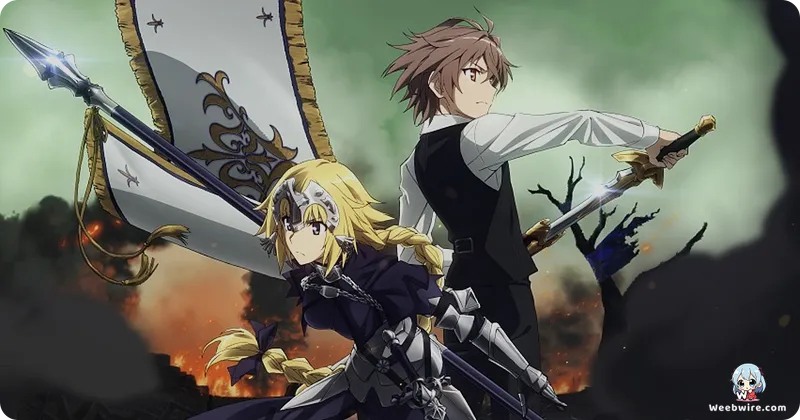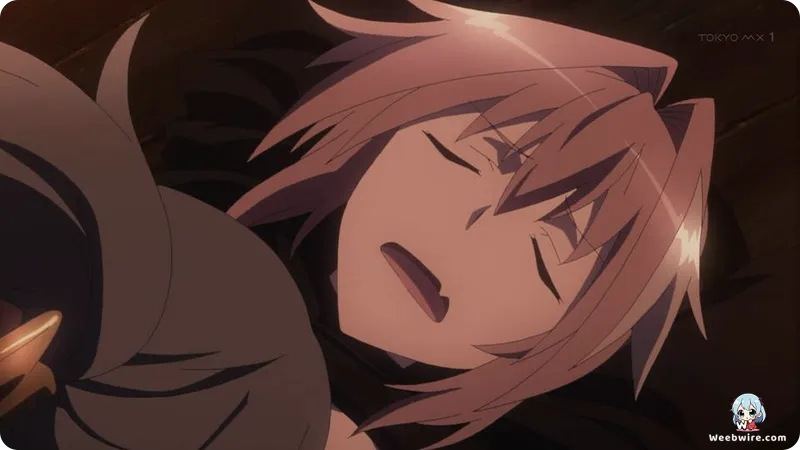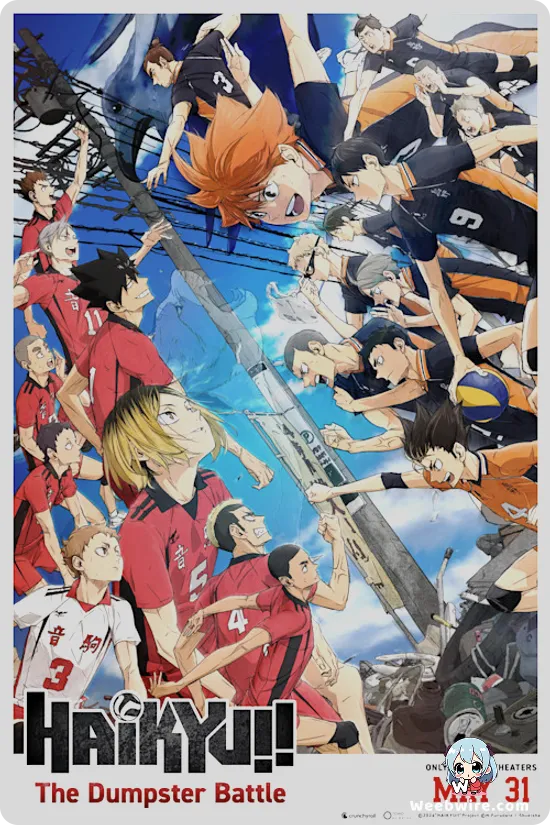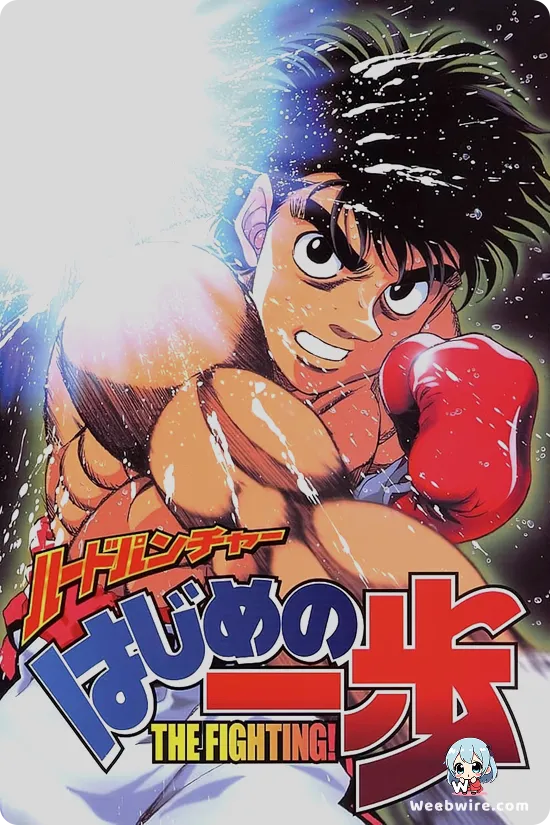Fate/Apocrypha's Revolutionary Roots: Unpacking the Anime's Unique Genesis and Epic Scale

In the vast and legendary universe of the Fate series, Fate/Apocrypha carves out a remarkably distinctive niche, venturing far beyond the traditional Holy Grail War narratives that have captivated fans for years. While its epic battles and expansive roster of Servants are well-known, the true intrigue lies in its fascinating 'good to know' facts and behind-the-scenes revelations that underscore its unparalleled position within the franchise. This isn't just another spin-off; Fate/Apocrypha's journey began in a surprisingly different form, a pivotal detail that profoundly shaped its intricate narrative and the very core of its conflict.
From Game Concept to Light Novel
Remarkably, Fate/Apocrypha was initially conceived not as a light novel, but as a groundbreaking online game project for Type-Moon, a venture that predates the monumental success of Fate/Grand Order. When this ambitious game concept was eventually shelved, the visionary minds at Type-Moon recognized the immense potential within its elaborate premise. They made the strategic decision to adapt it into a captivating light novel series, entrusting the masterful storytelling to Yūichirō Higashide and the breathtaking illustrations to Konoe Ototsugu. This foundational origin as a game prototype elucidates much about the series' ambitious scope, its sheer multitude of characters, and the unprecedented scale of the Great Holy Grail War all designed to accommodate multiple player factions. This inherent difference from its inception laid the groundwork for a narrative that was intrinsically more sprawling, politically charged, and grander than any of its predecessors.
The Great Holy Grail War
The most dramatic departure from the established Fate paradigm is the introduction of the 'Great Holy Grail War.' Eschewing the familiar configuration of seven Servants and seven Masters vying for the omnipotent wish-granting device, Apocrypha ignites a colossal conflict between two formidable factions. The Black Faction, spearheaded by the enigmatic Yggdmillennia family, clashes with the Red Faction, a powerful alliance comprising the Mage's Association and the Church, commanding an astonishing fourteen Servants in total. This unprecedented escalation transforms the conflict from a series of individual, clandestine duels into a full-blown strategic global war. It's replete with large-scale skirmishes, fluid alliances, and deep political undercurrents, allowing for a dynamic array of Servant interactions and tactical maneuvers previously unimaginable in the series, thereby enriching the lore with boundless new possibilities.
Jeanne d'Arc: The Impartial Ruler
At the very heart of this unique conflict stands the pivotal Ruler-class Servant, Jeanne d'Arc. Unlike her counterparts who battle for their own desires or those of their Masters, Jeanne is directly summoned by the Grail itself, tasked with serving as an impartial overseer of the War. Her sacred role as an arbiter, bound by unyielding neutrality, introduces a compelling layer of moral complexity to the unfolding drama. Her character arc delves into profound explorations of faith, unwavering duty, and the immense burden of maintaining impartiality when both sides are fervently convinced of their righteousness. This innovative Servant class significantly expanded the established lore of the Fate universe, offering a fresh and thought-provoking perspective on the mechanics and ethical dilemmas inherent in any Holy Grail War.
Sieg: A Homunculus's Journey to Heroism
The series' protagonist, Sieg, also represents a significant and refreshing deviation from the typical mold of Fate heroes. He is neither a seasoned mage nor a charismatic leader, but rather a homunculus, initially created by the Yggdmillennia family merely as a power source. His astonishing journey from a disposable, artificially created being to a formidable hero, capable of wielding the immense powers of Siegfried and later Fafnir, unfolds with remarkable speed and forms the profound emotional core of the series. Sieg's very existence and his fierce struggle for self-determination provoke poignant philosophical questions about the true essence of humanity, the pursuit of free will, and the daunting challenge of forging one's own destiny when one's creation was for a predetermined purpose. His internal conflict and rapid growth stand as a powerful testament to the series' profound thematic depth.

Astolfo's Unconventional Heroism
Among the diverse and memorable cast, Astolfo, the Rider of Black, has unequivocally carved out an indelible place in the hearts of fans worldwide. Renowned for his effervescent, somewhat whimsical personality and his distinctive, gender-ambiguous appearance, Astolfo embodies an utterly unconventional form of heroism. His motivations are not driven by grand, overarching ideals but by a genuine, heartfelt desire to help others and to simply savor the joys of life. His impulsive yet invariably well-intentioned actions frequently lead to unforeseen outcomes, and his unwavering cheerfulness offers welcome moments of levity amidst the grim realities of the war. Astolfo's immense popularity has ignited countless discussions within the fanbase, exploring diverse character archetypes and the multifaceted ways heroism can be compellingly portrayed in anime.
A-1 Pictures' Ambitious Adaptation
The acclaimed animation studio A-1 Pictures, celebrated for its extensive portfolio of popular anime titles, undertook a monumental challenge in adapting Fate/Apocrypha's sprawling and ambitious scale. The sheer number of Servants, each meticulously designed with unique Noble Phantasms, intricate aesthetics, and distinct fighting styles, presented a considerable hurdle in terms of animation choreography and maintaining consistent quality across the board. While the series did receive some mixed reviews regarding certain aspects of its pacing and occasional animation sequences, it undeniably delivered countless visually spectacular battles and breathtaking moments, particularly during the climactic confrontations between its most powerful Servants. The studio's colossal effort to depict such a grand-scale conflict, involving multiple Servants engaged in simultaneous, high-stakes combat, demanded intricate planning, immense artistic dedication, and cutting-edge technical prowess.
Exploring Deep Philosophical Themes
Beyond the dazzling action, Fate/Apocrypha masterfully delves into a rich tapestry of complex philosophical themes. It incisively scrutinizes the very definition of a 'hero,' explores the profound moral ambiguities inherent in sacrificing a few for the greater good, and meticulously examines the perennial clash between individual desires and collective ideals. Characters like Shirou Kotomine (Amakusa Shirou Tokisada) and Karna serve as compelling ideological foils, eloquently presenting contrasting viewpoints on humanity's potential salvation and driving much of the narrative's dramatic and ethical tension. The series expertly leverages its large ensemble cast to explore these multifaceted perspectives, adding significant intellectual weight and resonance to the action.
Enriching the Fate Universe
Ultimately, Fate/Apocrypha has profoundly enriched the overarching lore of the Fate universe. It introduced innovative Servant classes, refined and expanded upon the intricate rules governing the Holy Grail War, and fearlessly explored previously untouched facets of magecraft and heroic spirits. By boldly moving beyond the traditional Fuyuki conflicts, it brilliantly showcased the vast potential for these wars to unfold on a grander, more global scale, unequivocally demonstrating the versatility and enduring appeal of the illustrious Fate franchise.
Credits
Fate/Apocrypha
Author
Yūichirō Higashide
Cover Art
Konoe Ototsugu
Studio
A-1 Pictures
Publisher
Kadokawa Shoten
Producers





